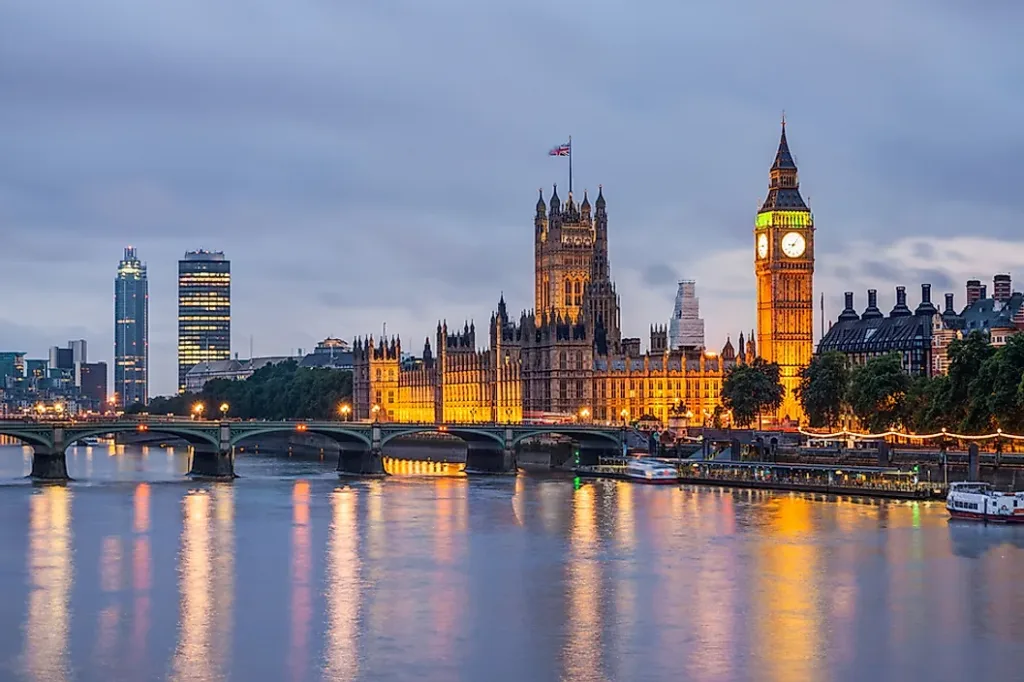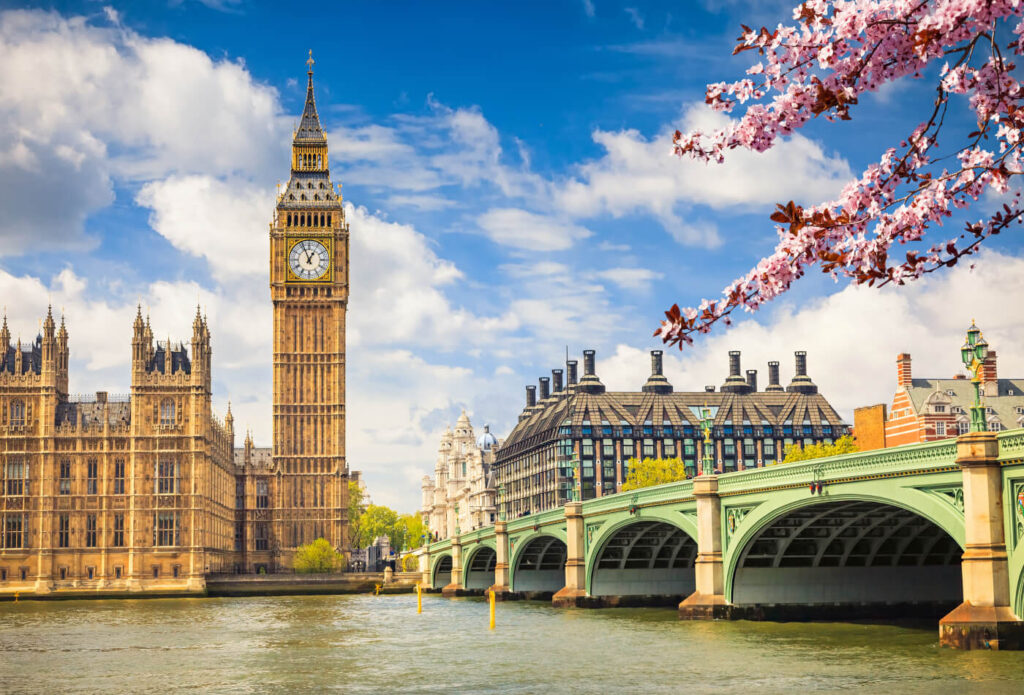Table of Contents
England’s charities
England’s charities can promote a sense of community and build social capital in a place, but are they able to do this in the places that need it most?
When Britian voted to leave the EU it drew attention to some places in the country that had been neglected by policy makers for some time. Many deprived places, often those areas receiving the most in EU structural funding, voted emphatically to leave. Quickly dubbed ‘left behind’ places these areas, which are often post-industrial or former costal resorts, are now the front line of Boris Johnson’s government’s attempts to ‘unite and level up’ the country after Brexit.
These areas have suffered some of the biggest cuts to government funding since the financial crisis, compounding decades of underinvestment. Our research suggests these areas are not just lacking in physical infrastructure but their social fabric is weaker than better off places. We found that the most deprived local authority regions in the country generally also had the lowest number of charities per 1000 people.

For example Blackpool, the most deprived local authority in the country according the IMD also had the least local charities per person, with 0.6 charities per 1000 people. This pattern is repeated across many of the most deprived local authorities, with where they not only had less local charities than the national average of 1.8 but less even than for their region, for example Blackpool is in the North West, which has 1.4 local charities per 1000 people. In general, less well-off regions and the local authorities within them had less charities.
Conversely Some areas that are quite affluent areas such as the Cotswolds (IMD rank 272) it is as high as 5.5 or as in South Northamptonshire (IMD rank 312—the sixth least deprived local authority district in the country) it is 3.2, five times higher than Blackpool, the most deprived.

Why do places need charities?
Charities have two kinds of impact on the place they are based and operate in. They deliver services and provide advocacy on social issues, from homelessness, to domestic violence or drug addiction. And they also bind communities together through volunteering and a shared sense of purpose.
Sometimes this binding is deliberate, through activities aimed at bringing people together—like youth clubs, activities for older people or initiatives to bring together different ethnic groups in an area. In other cases, the community benefit is a by-product of another goal, such as running a historic building or protecting an area of natural beauty.
Both kinds of activities produce ‘social capital’, networks of connection that allow communities to function and thrive. Whether this is an explicit goal or as a by-product, charities’ work is a crucial input into creating healthy communities and contributes to making somewhere a decent place to live. And strong communities, with lots of social capital, are vital.

What should be done.
There are some important conversations going on in Britain about investment to support these ‘left behind places’ our research indicates they need more than just new physical infrastructure but funding should look at how to grow local civil society as well.
For more on what the lack of charities means, and how we did the research, read the paper here.
Written by Thomas Collinge
Policy Manager, NPC





